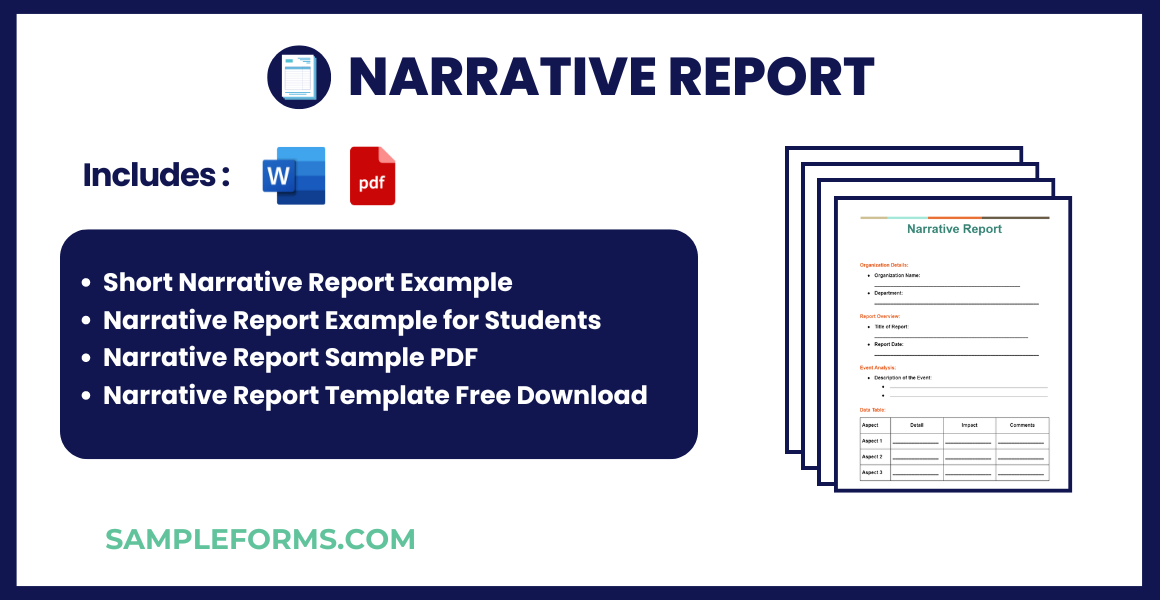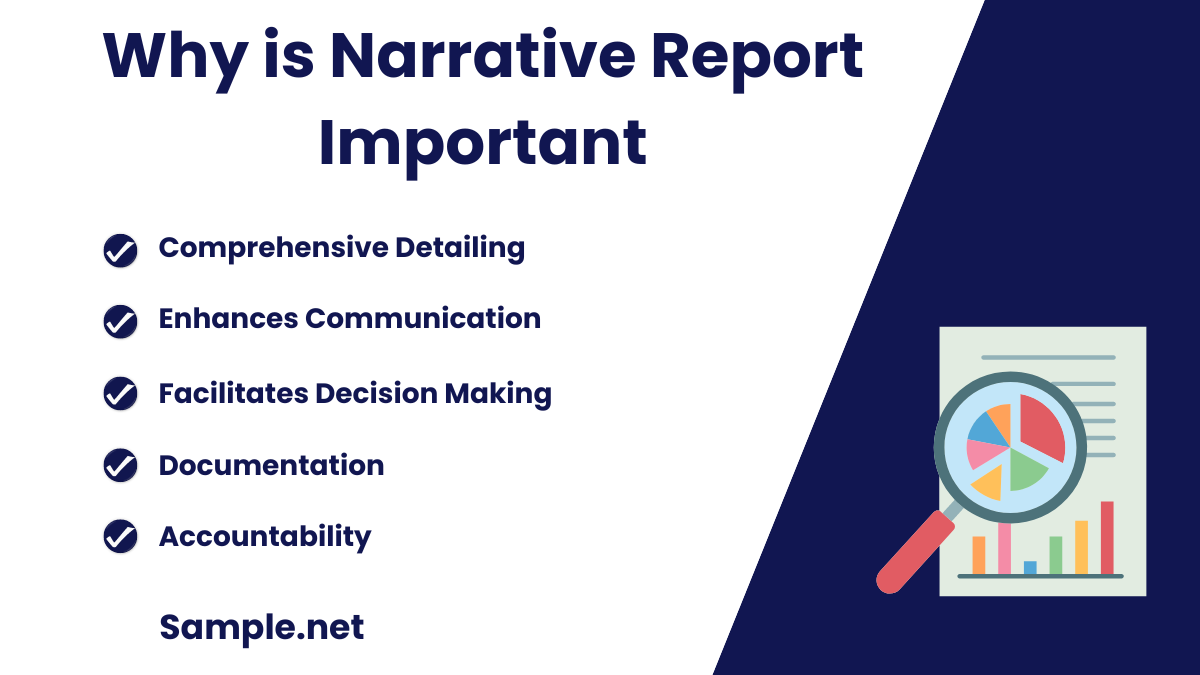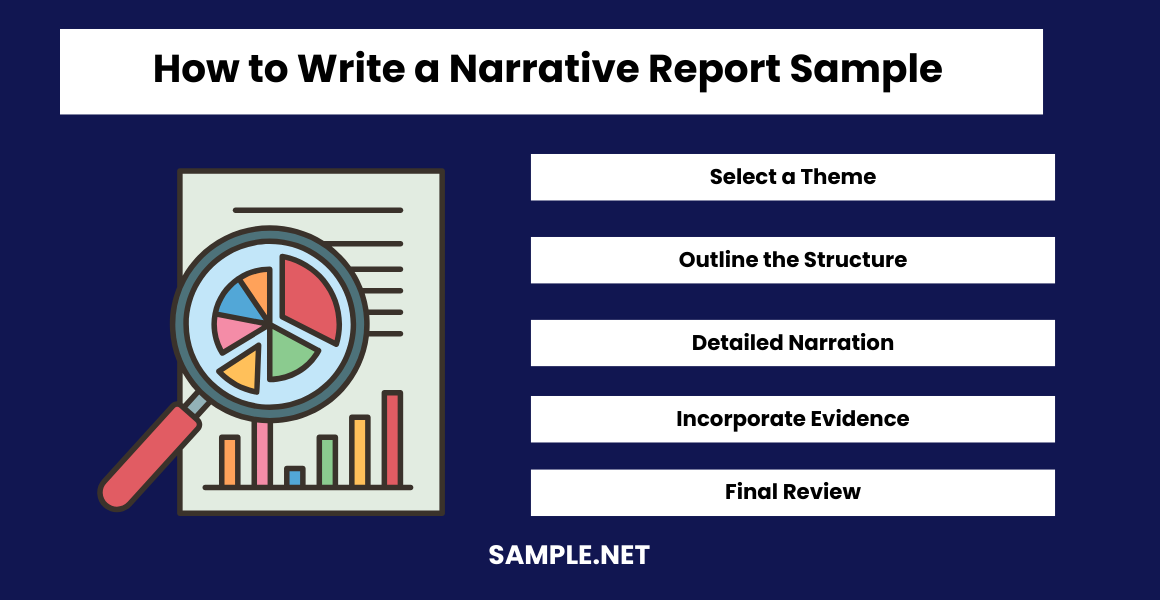Narrative Report Samples
-
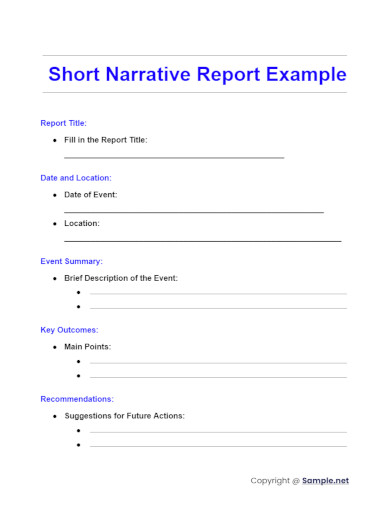
Short Narrative Report Example
download now -
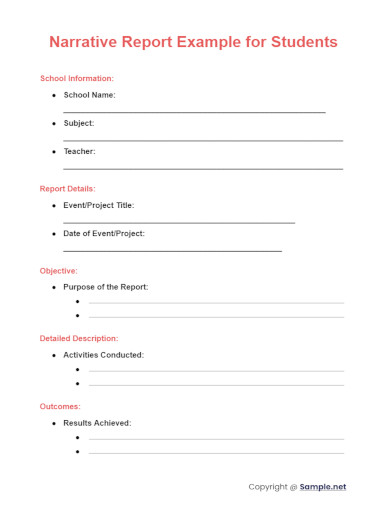
Narrative Report Example for Students
download now -
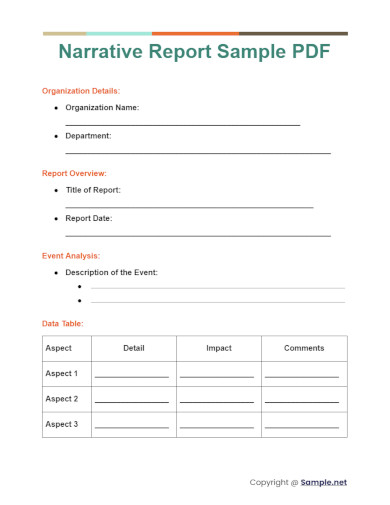
Narrative Report Sample PDF
download now -
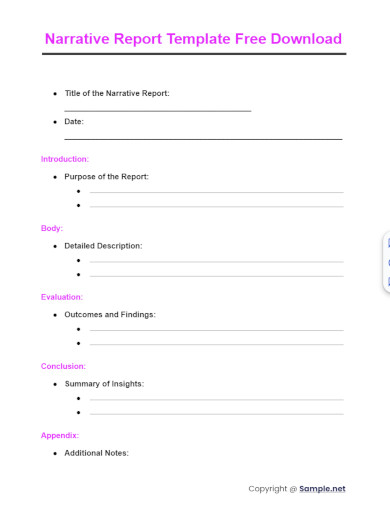
Narrative Report Template Free Download
download now -
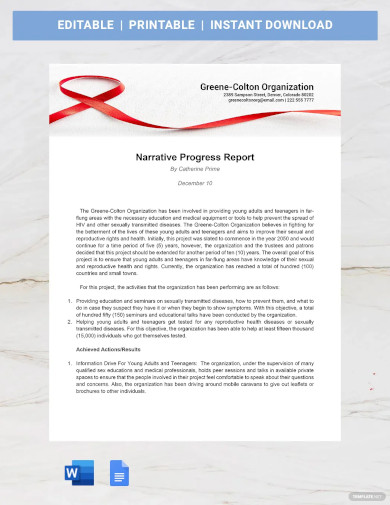
Narrative Report Templates
download now -
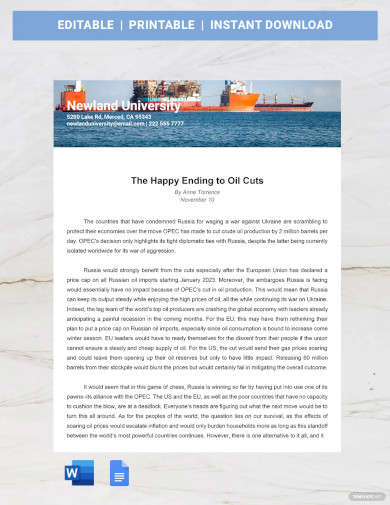
Sample Narrative Report Template
download now -
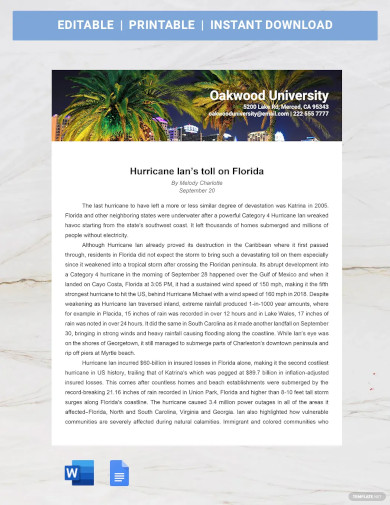
Final Narrative Report Template
download now -

Monthly Narrative Report Template
download now -

Business Narrative Report Template
download now -
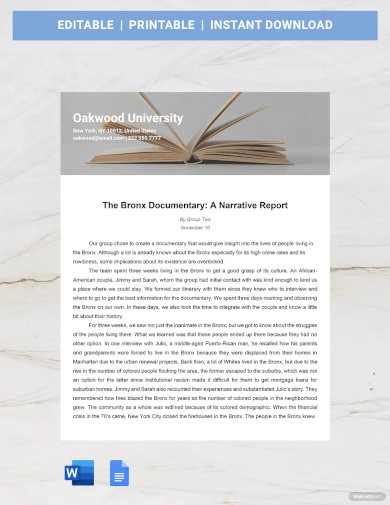
Project Narrative Report Template
download now -
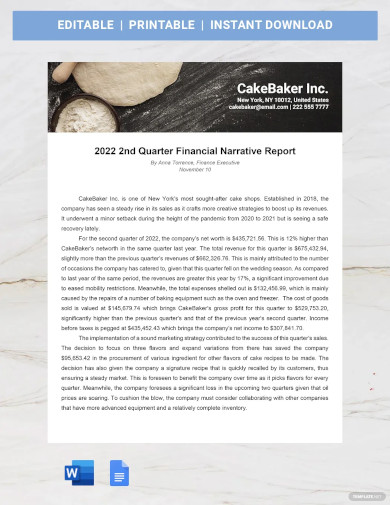
Financial Narrative Report Template
download now -
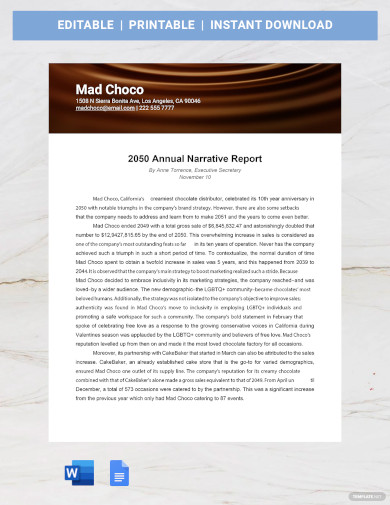
Annual Narrative Report Template
download now -

Medical Narrative Report Template
download now -
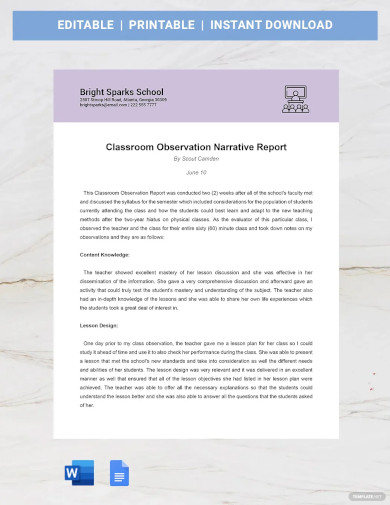
Classroom Observation Narrative Report Template
download now -
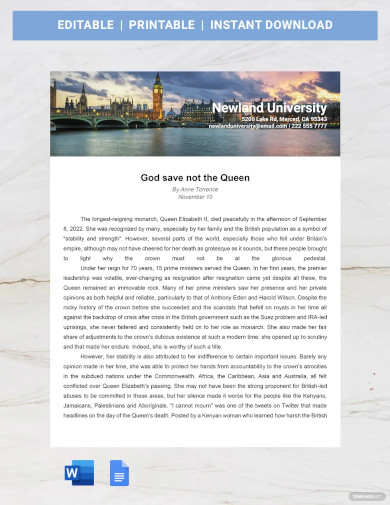
Free Sample Narrative Report Template
download now -
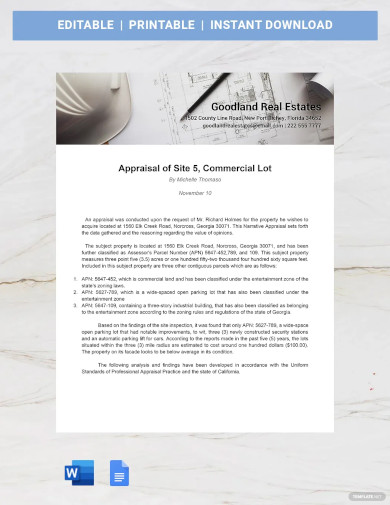
Narrative Appraisal Report Template
download now -
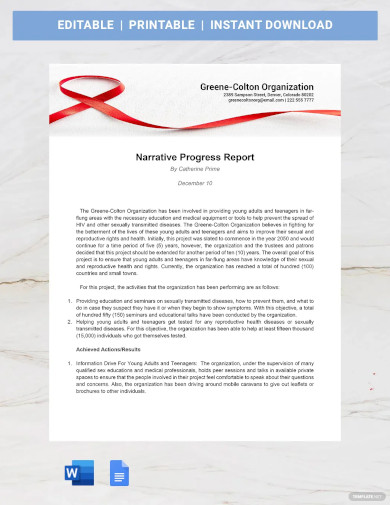
Narrative Progress Report Template
download now -
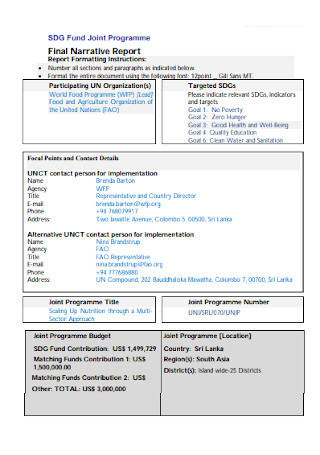
Final School Narrative Report
download now -

Groups Student Narrative Report
download now -
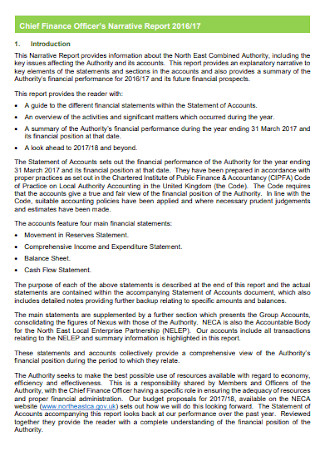
Finance Seminar Narrative Report
download now -

Sample Work Immersion Narrative Report
download now -

Final Project Nutrition Month Narrative Report
download now -
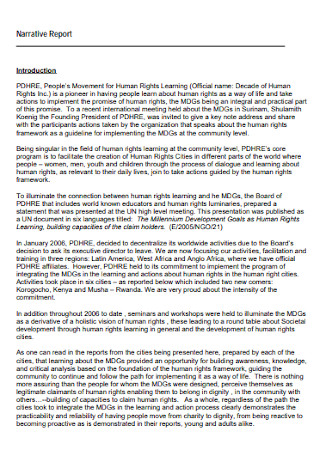
Simple Introduction Narrative Report
download now -
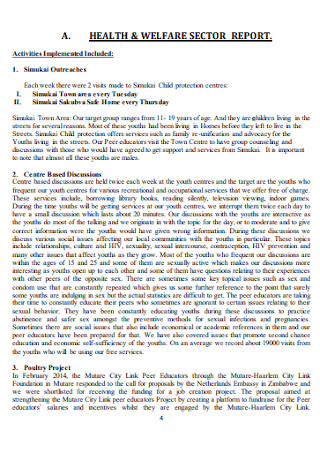
Acknowledgement Health Narrative Report
download now -
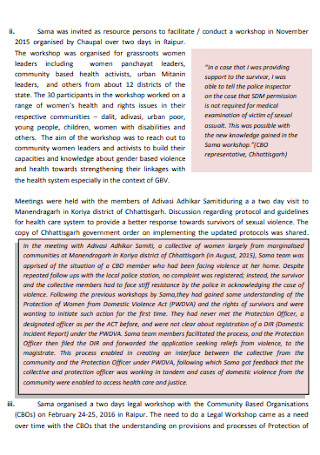
Annual Internship Narrative Report
download now -
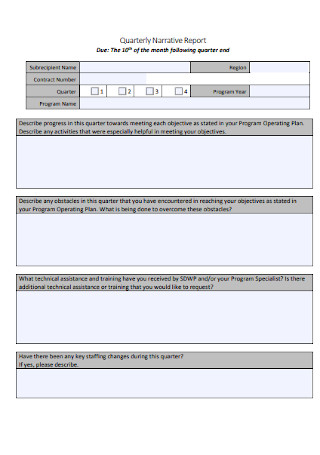
Sample Quarterly Narrative Report
download now -
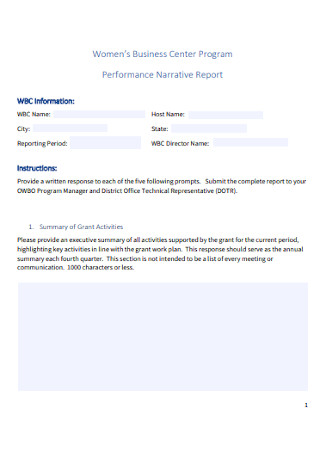
Weekly Performance Narrative Report
download now -
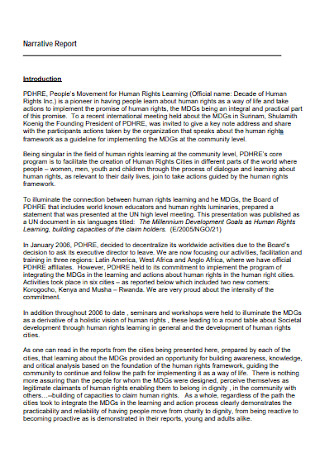
Formal Accomplishment Narrative Report
download now -
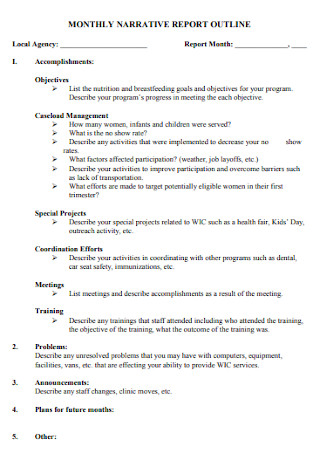
Monthly Narrative Report Outline Template
download now -
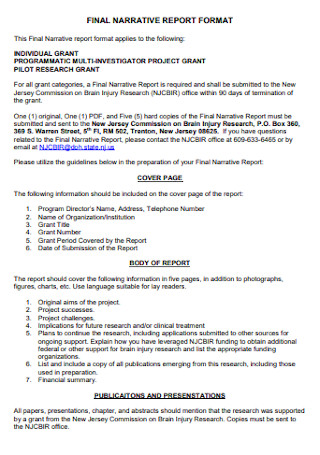
Business Narrative Report
download now -
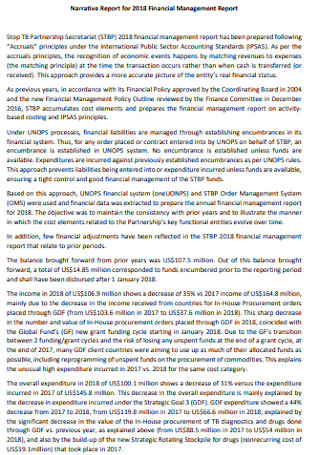
Event Financial Management Narrative Report
download now -
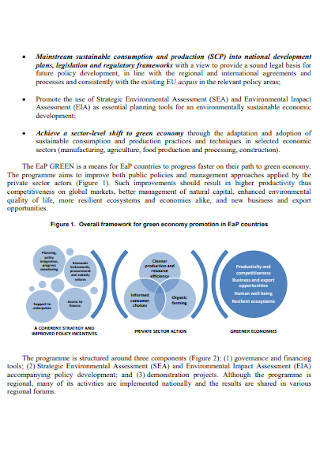
Second Interim Narrative Report
download now -
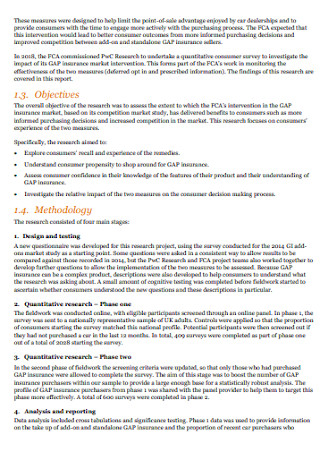
Insurance Research Narrative Report
download now -
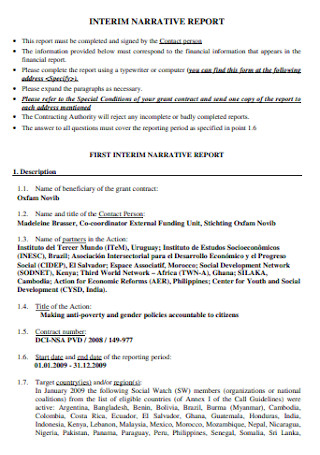
Community Service Narrative Report
download now -
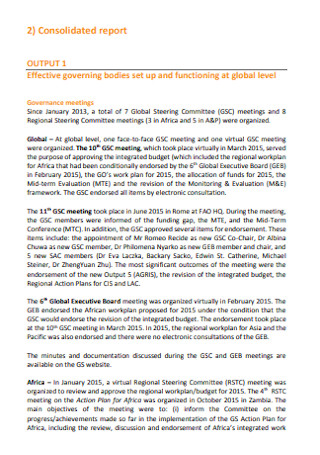
Annual Consolidated Teacher Narrative Report
download now -
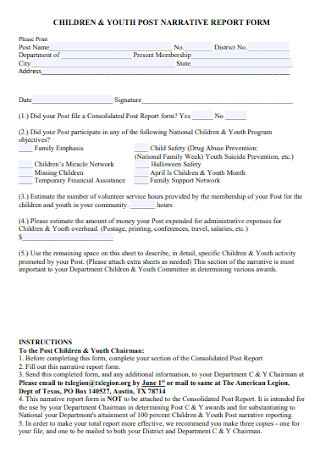
Youth Post College Narrative Report Form
download now -
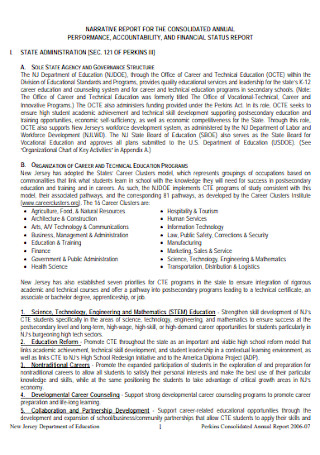
Narrative Financial Status Experience Report
download now -
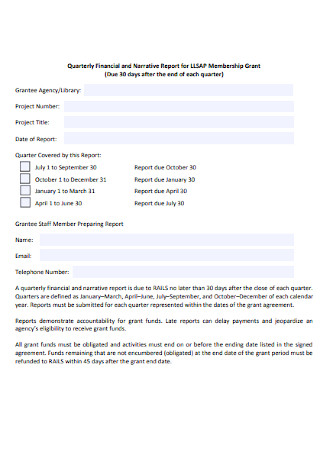
Narrative Report Interview
download now -

Formal Narrative Reports Orientation
download now -
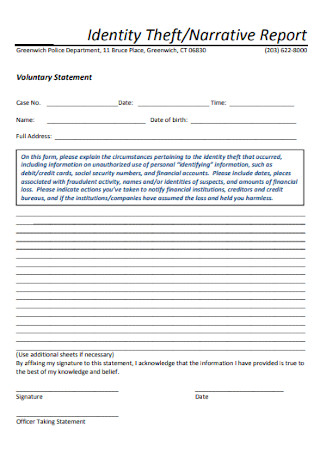
Identity Theft and Narrative Report
download now -
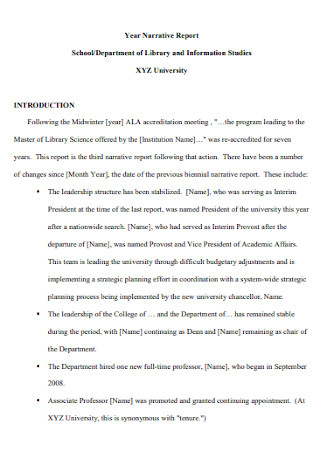
Sample Agriculture Year Narrative Report
download now -
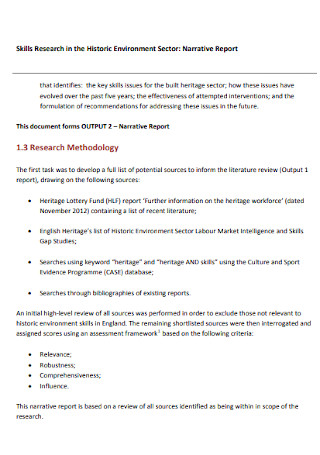
Narrative Research Report Recommendation
download now -
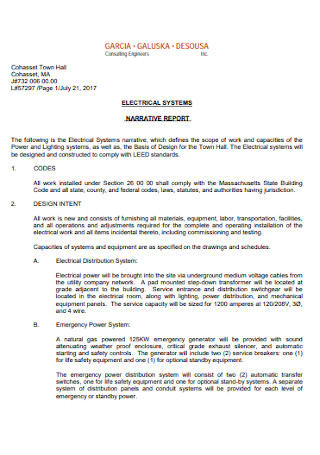
Electrical System Narrative Report
download now -
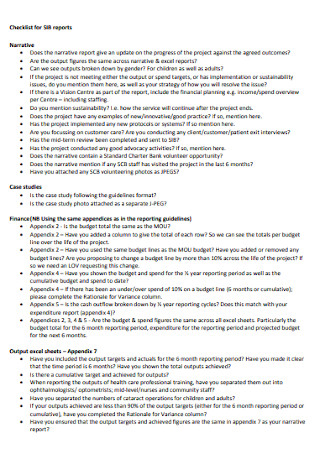
Narrative Report Checklist
download now -
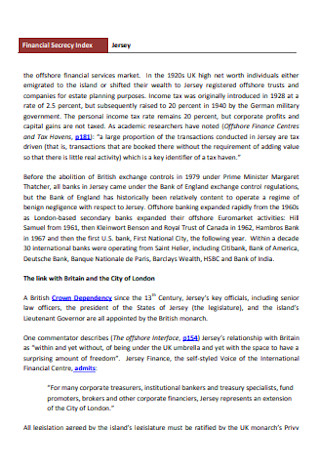
Narrative Report on Jersey
download now -
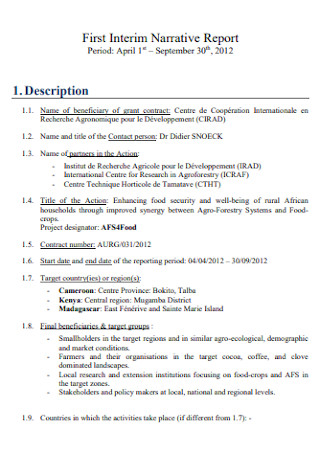
First Interim Narrative Report
download now -
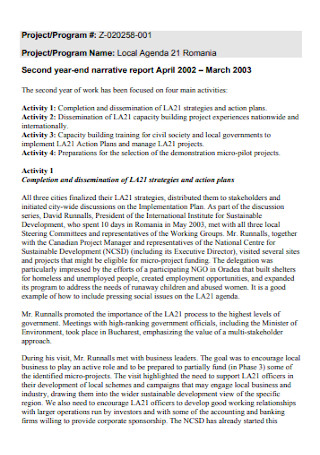
Second Year Narrative Report
download now -

Narrative Report to the Financial Statements
download now -
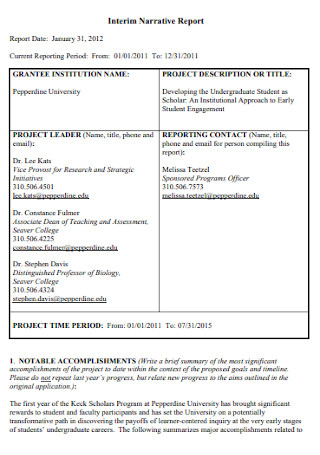
Basic Interim Narrative Report
download now -
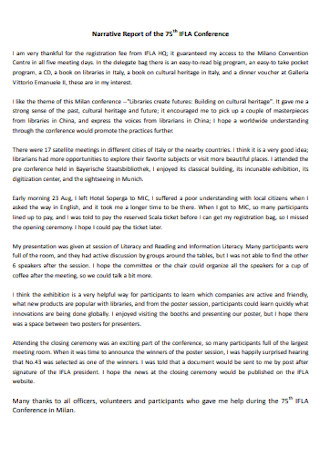
Narrative Report Format
download now -
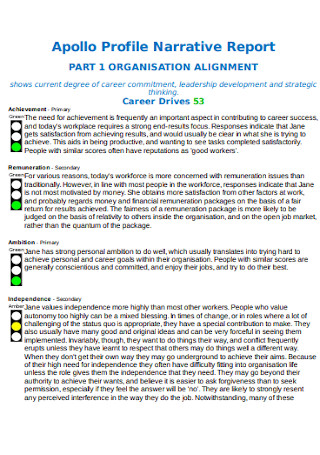
Profile Narrative Report
download now -
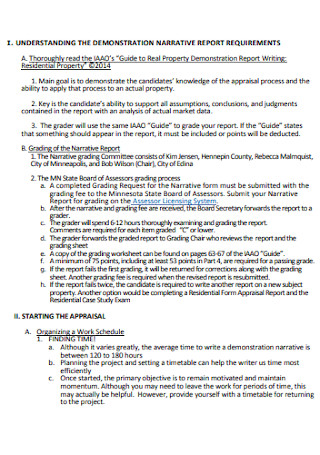
Demonstration Narrative Report
download now -
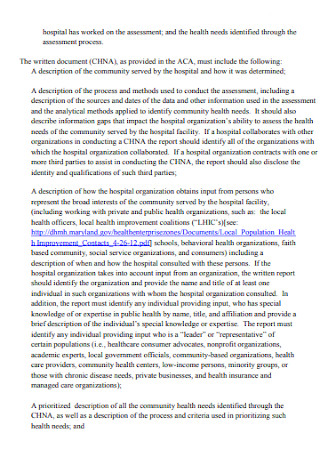
Community Benfit Narrative Report
download now -
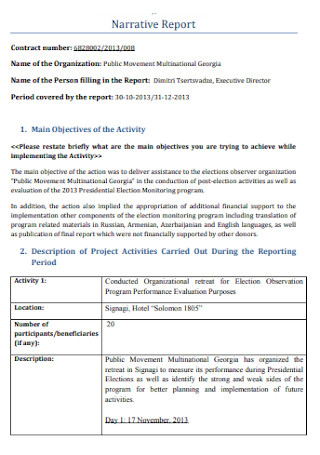
Printable Narrative Report Template
download now -
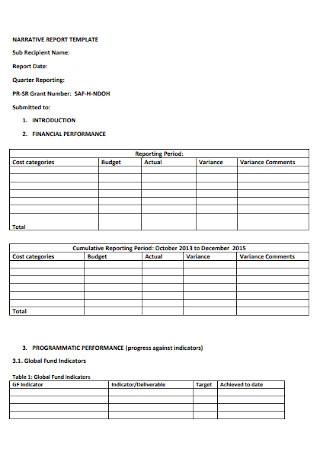
Simple Narrative Report Example
download now -

Basic Monthly Narrative Report Template
download now -
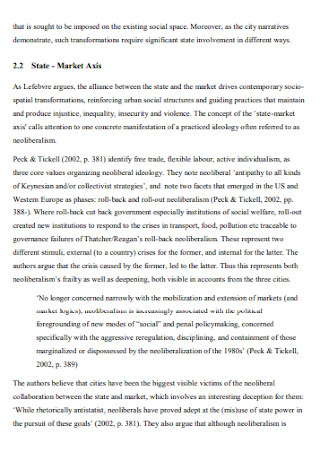
Market Narrative Report
download now -
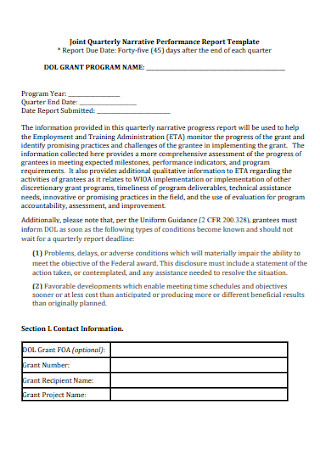
Joint Quarterly Narrative Performance Report
download now -
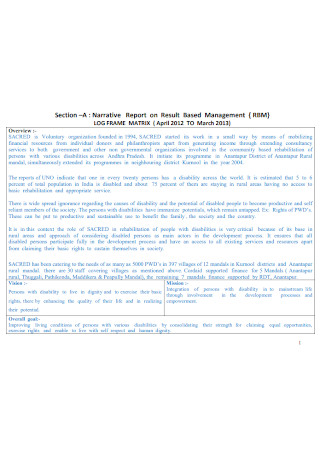
Narrative Management Report
download now -

Parks Narrative Report Template
download now -
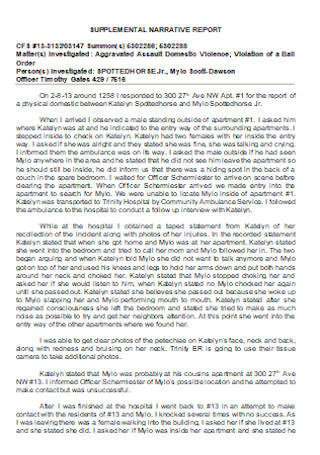
Supplemental Narrative Report Template
download now -
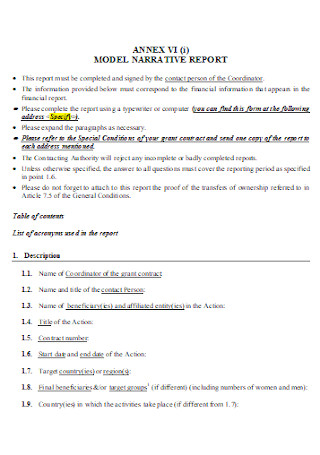
Model Narrative Report Template
download now -

Narrative Progress Report
download now
FREE Narrative Report s to Download
Narrative Report Format
Narrative Report Samples
What is Narrative Report?
The Basic Parts of a Narrative Report
How to Make a Narrative Report
How is a narrative report structured?
Are narrative reports and narrative essays the same?
How To Write a Narrative Essay in 5 Steps With Definition?
What is the Purpose of Narrative Reporting?
Key Elements of a Narrative Report?
What are the 5 Parts of a Narrative Report?
Why is Narrative Report Important?
How to Make a Narrative Report?
How to Write a Narrative Report Sample?
How to Start a Narrative Report?
What is Narrative Essay Topics?
How Do You Format a Narrative Report?
How Many Paragraphs are in a Narrative Report?
Can You Use I or Me at a Narrative Report?
What is Narrative Report Style?
Does a Narrative Report Have a Conclusion?
Download Narrative Report Bundle
Narrative Report Format
Introduction
- Purpose of the Report: Briefly describe the purpose of the narrative report.
- Date and Location: Specify the date and location related to the report.
Body
- Event Description: Provide a detailed description of the events that occurred.
- Participants: List the main participants and their roles.
- Chronological Details: Outline the events in the order they occurred.
Conclusion
- Outcomes: Summarize the outcomes of the events described.
- Reflection: Offer a personal reflection or the general consensus of participants on the events.
- Recommendations: Suggest any improvements or actions based on the report.
Appendix
- Supporting Documents: Include any related documents or additional information here.
What is Narrative Report?
A narrative report is a detailed document that describes specific events in a sequential order. It is used to present factual information about an incident, procedure, or event in a narrative style. The purpose of such a report is to provide a clear and comprehensive account that can be easily understood by its readers. It can range from educational settings, where students recount their experiences, to professional scenarios such as compiling data on workplace incidents. The format encourages meticulous documentation, ensuring that all aspects of the event are covered. This makes narrative reports invaluable tools in both academic and professional fields.
The Basic Parts of a Narrative Report
Indeed, narrative reports narrate whatever occurred in a certain event. But it doesn’t merely delve into narrating alone. In fact, a standard narrative report consists of four major parts. And they consist of the following:
How to Make a Narrative Report
Making narrative reports has never been made easier when you use the sample templates above. Each sample narrative report gives you the leeway to edit the format, add more content, print anytime, and you won’t even have to bother creating from scratch. And to perfect your report, don’t forget to apply these important steps:
Step 1: Write a Report According to Your Purpose
Why do you need a narrative report in the first place? So are you creating an OJT narrative report, a weekly business narrative report, or maybe a seminar narrative report? Stick to your statement of purpose so you won’t lose track of how to make the report. That is because one type of narrative report doesn’t always work for all functions. Be specific instead.
Step 2: Begin Brainstorming Ideas
Start brainstorming on what to write for the report. The key is to write freely first before sequencing the events. You will have time to arrange the details in the long run. The point in brainstorming is to identify the factors of what to input for the report. Also, this part serves as your rough draft so there is still room for improvements later on. You should also take a look at our Liquidation Report
Step 3: It Is All in the Details
Narrative reports are more effective when they have plenty of relevant and essential details. And your quick guide for that is to include the four basic parts of a narrative report, which were discussed previously. Ensure that you have set an introduction until you reach the recommendation page. But, being detailed still requires you to be direct because you only commit wordiness in adding lengthy yet useless data analysis.
Step 4: Summarize and Organize Your Report
What really polishes your work is to summarize and organize the whole narrative report. If there are complex words and sentences that can be easily understood by the public, then change them. Also, organize the format and information wherein you arrange the details according to categories, flow charts, tables, chronological sequences, etc. And once you are done, publish your report.
How is a narrative report structured?
Expect four structures to a narrative report. They consist of the event or thesis statement, background info, chronological account, and a summary. You should also take a look at our Security Incident Report
Are narrative reports and narrative essays the same?
No, a narrative report is different from a narrative essay. Narrative reports are formal documents that tackle detailed information of an event chronologically. Meanwhile, narrative essays are the kind you usually attribute to schoolwork purposes. You should also take a look at our Daily Report
How To Write a Narrative Essay in 5 Steps With Definition?
Narrative essays paint a picture with words, showcasing events in a structured form.
- Understanding the Basics: Define what a narrative essay entails, emphasizing its storytelling nature.
- Choosing a Topic: Select a relevant and engaging topic that aligns with the essay’s objectives.
- Drafting an Outline: Create an outline to organize thoughts and plot the essay’s structure.
- Writing the Draft: Start with a strong introduction, narrate through the body, and conclude effectively.
- Revising and Editing: Refine the essay for clarity, flow, and impact, ensuring it meets all requirements. You should also take a look at our Marketing Report
What is the Purpose of Narrative Reporting?
Narrative reporting provides transparency and insight into the complexities of events or operations.
- Enhanced Understanding: Clarifies the context and sequence of events, improving comprehension.
- Stakeholder Communication: Serves as a communication tool for stakeholders to grasp detailed happenings.
- Record Keeping: Acts as an essential tool for documenting events, useful in creating an Accomplishment Report.
- Decision Making: Assists in decision-making by providing detailed accounts and analyses.
- Compliance and Transparency: Ensures compliance with reporting standards and enhances transparency. You should also take a look at our Meeting Summary Report
Key Elements of a Narrative Report?
A narrative report combines detailed information and personal insight to deliver a comprehensive account.
- Introduction: Sets the scene, introduces the subject, and states the purpose.
- Chronology: Details the events in the order they occurred, essential for an Internship Report.
- Factual Accuracy: Ensures all facts are correct and well-documented.
- Personal Reflection: Provides personal insights or interpretations of the events.
- Conclusion: Summarizes the information and provides final thoughts. You should also take a look at our Weekly Report
What are the 5 Parts of a Narrative Report?
The structure of a narrative report is designed to be clear and informative.
- Title Page: Displays the report’s title, author, and date.
- Abstract: Offers a brief summary of the report’s content, useful in a Medical Report.
- Body: The main section where the narrative is developed.
- Findings and Analysis: Discusses the outcomes and interprets the data.
- Recommendations and Conclusion: Provides suggestions based on the findings and summarizes the report. You should also take a look at our Investigation Report
Why is Narrative Report Important?
Narrative reports are critical for detailed and effective communication of events.
- Comprehensive Detailing: Provides a complete and detailed description, valuable in a Training Report.
- Enhances Communication: Improves the way information is conveyed to readers.
- Facilitates Decision Making: Offers detailed insights that aid in decision-making processes.
- Documentation: Serves as a historical record, important for referencing and learning.
- Accountability: Enhances accountability by detailing actions and outcomes. You should also take a look at our Maintenance Report
How to Make a Narrative Report?
Creating a narrative report involves careful planning and structured writing.
- Plan Your Report: Understand the purpose and audience of your report.
- Gather Information: Collect all necessary information to include in your report, crucial for a Visit Report.
- Organize Information: Arrange the information in a logical order to ensure coherence.
- Write Effectively: Use clear and concise language to convey the narrative.
- Review and Edit: Ensure accuracy and clarity in your report to maintain professionalism. You should also take a look at our Joining Report
How to Write a Narrative Report Sample?
Writing a narrative report sample involves illustrating key elements with practical examples.
- Select a Theme: Choose a specific theme or event to base your report on.
- Outline the Structure: Define the structure of the report, including all key components.
- Detailed Narration: Provide a detailed account of the events, fundamental in an Event Report.
- Incorporate Evidence: Include relevant evidence to support the narrative.
- Final Review: Check the report for any errors and make necessary adjustments to ensure it is comprehensive and clear. You should also take a look at our SEO Report
How to Start a Narrative Report?
Begin with an engaging introduction that sets the context and purpose, essential for a Lab Report. Outline the scope and state the main points to be covered.
What is Narrative Essay Topics?
Narrative essay topics often involve personal experiences, significant life events, or a detailed description of incidents, ideal for a Technical Report context.
How Do You Format a Narrative Report?
Format a narrative report with a clear introduction, detailed body paragraphs, and a succinct conclusion. Use headings and subheadings to organize, akin to formatting a Police Report.
How Many Paragraphs are in a Narrative Report?
The number of paragraphs in a narrative report varies based on depth and complexity, typically ranging from five to several more, similar to structuring a Social Media Report.
Can You Use I or Me at a Narrative Report?
Using “I” or “Me” is acceptable in narrative reports to provide personal insights or reflections, often seen in Classroom Observation Report.
What is Narrative Report Style?
Narrative report style involves chronological storytelling, focusing on clarity and detail to convey events effectively, similar to a Weather Report structure.
Does a Narrative Report Have a Conclusion?
Yes, a narrative report should have a conclusion that summarizes key points, offers reflections, or provides recommendations, essential in a Sports Report.
In conclusion, the narrative report is an essential tool across various fields for documenting and analyzing events clearly and comprehensively. From creating simple sample forms to drafting detailed audit reports, these documents are tailored to capture the nuances of different scenarios. Understanding Daily Activity Report is how to craft a narrative report effectively can enhance your ability to communicate information in a structured and impactful manner. Whether you’re a student, a professional, or someone looking to improve your reporting skills, mastering the narrative report format is a valuable skill that can significantly aid in your professional and academic endeavors.

